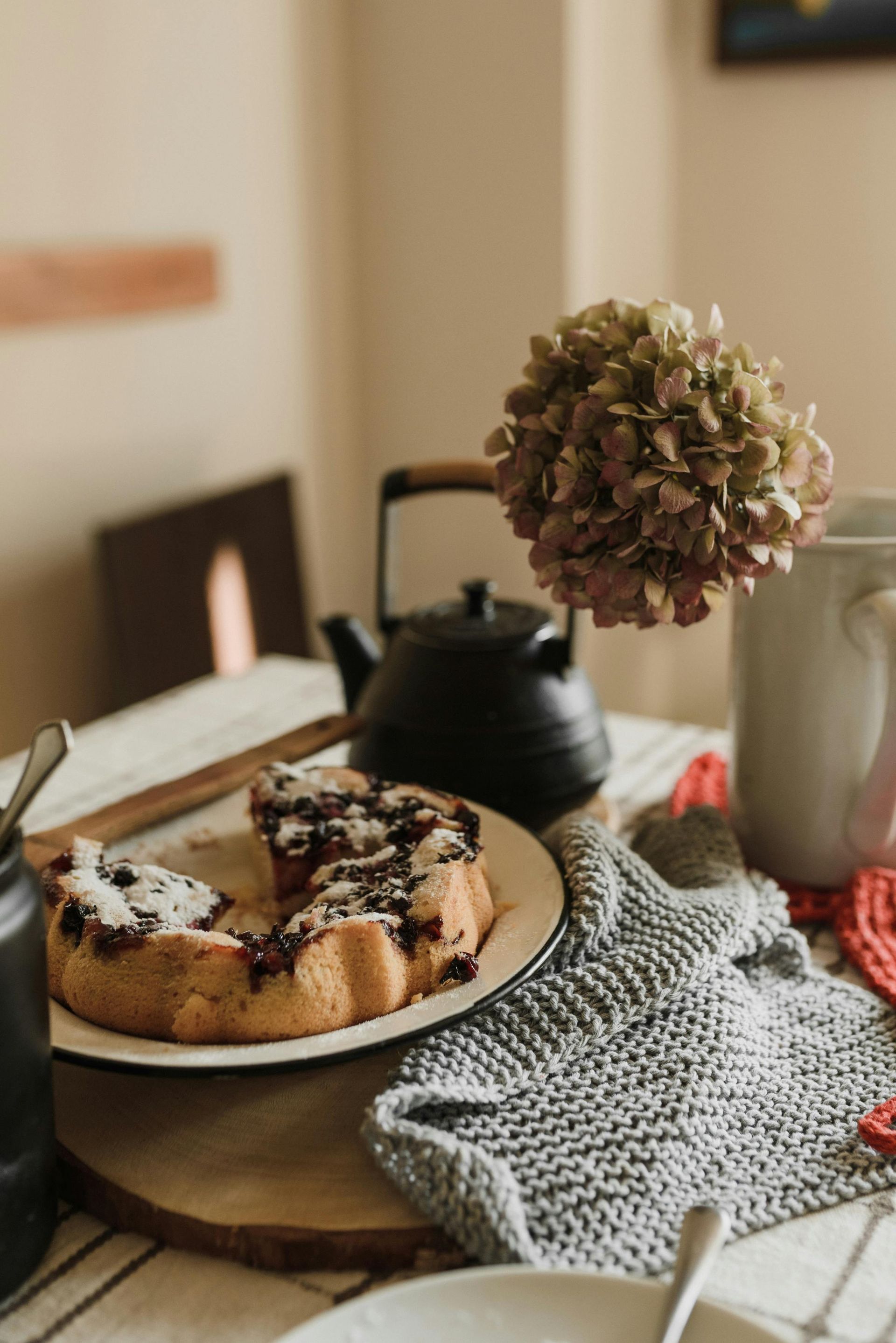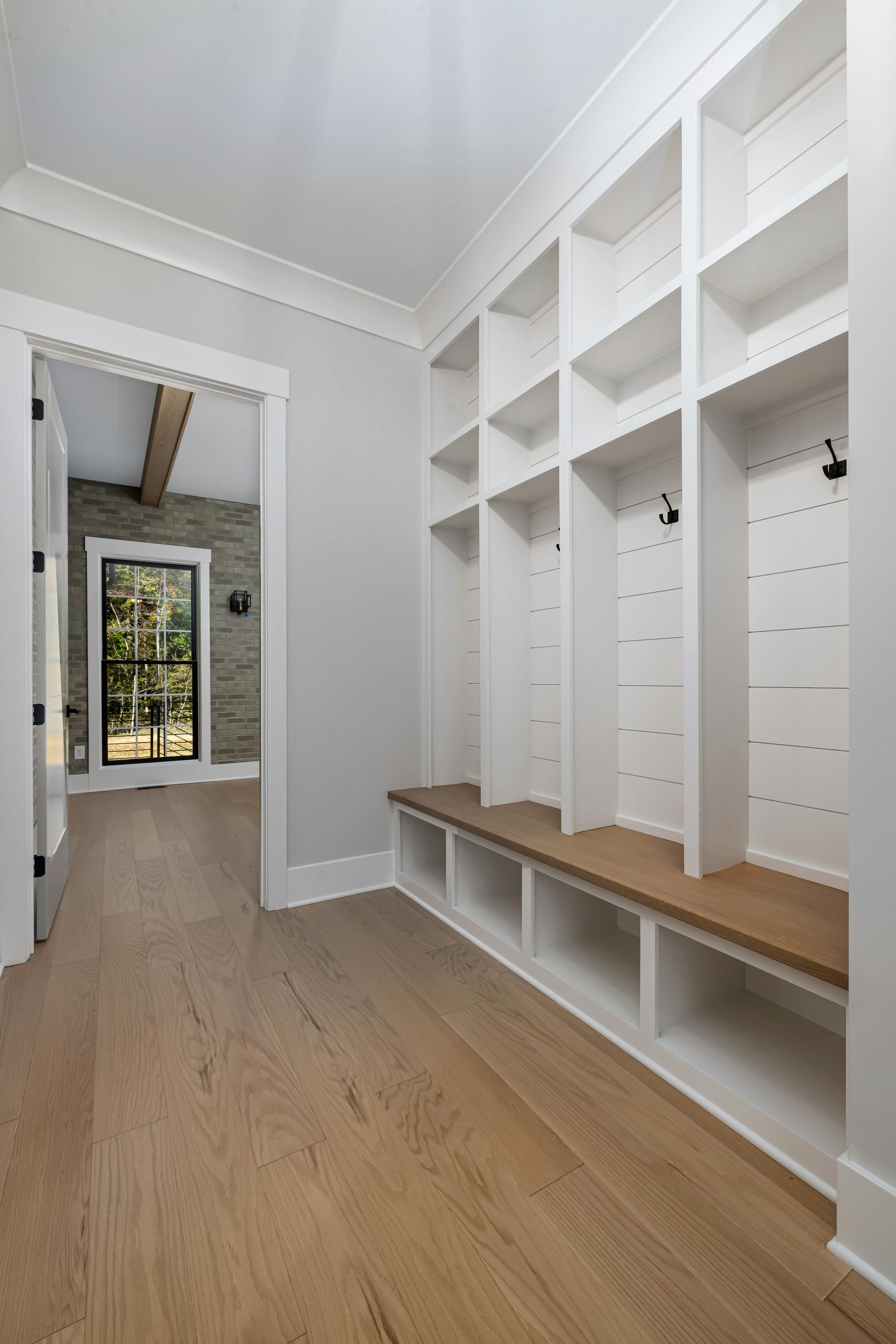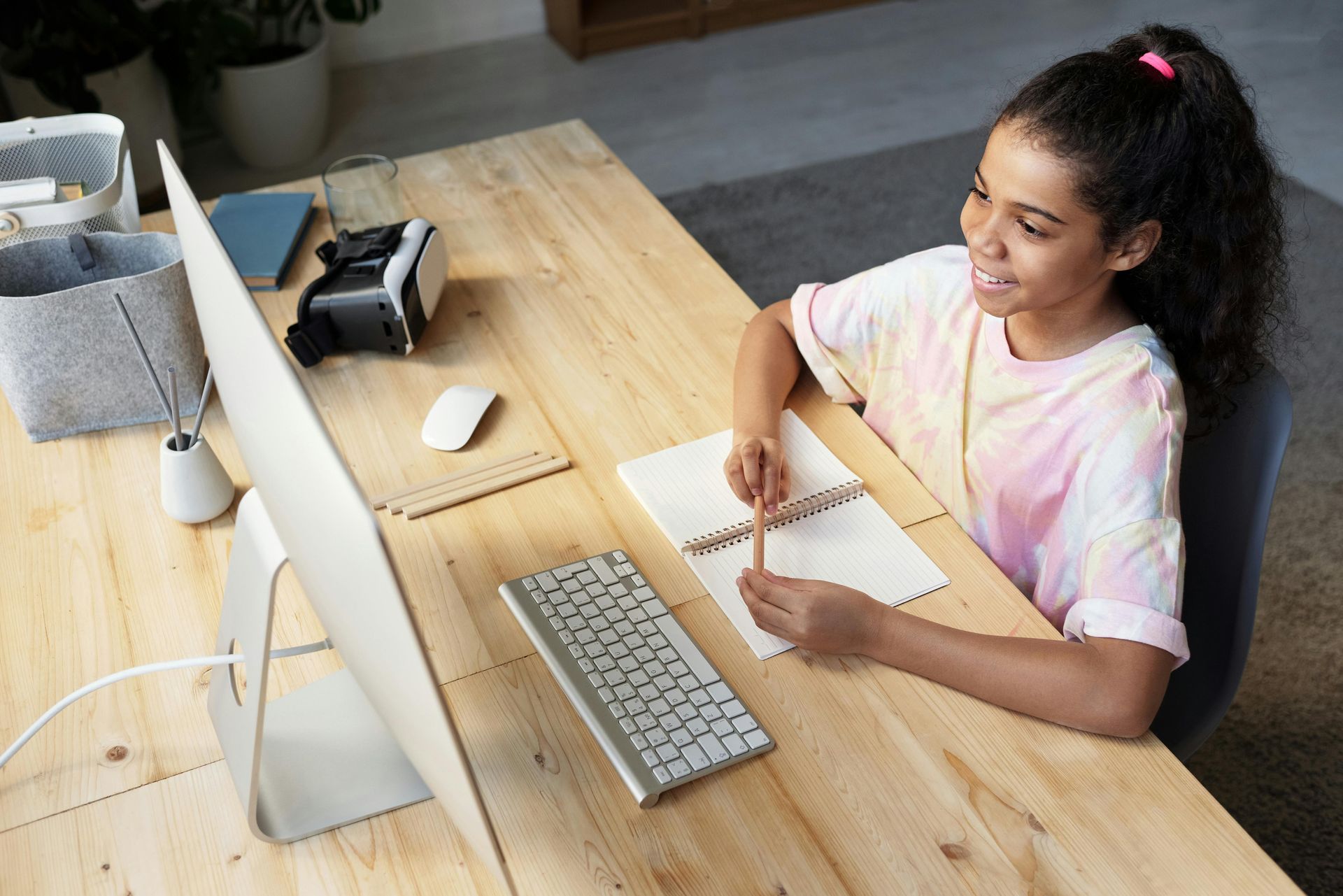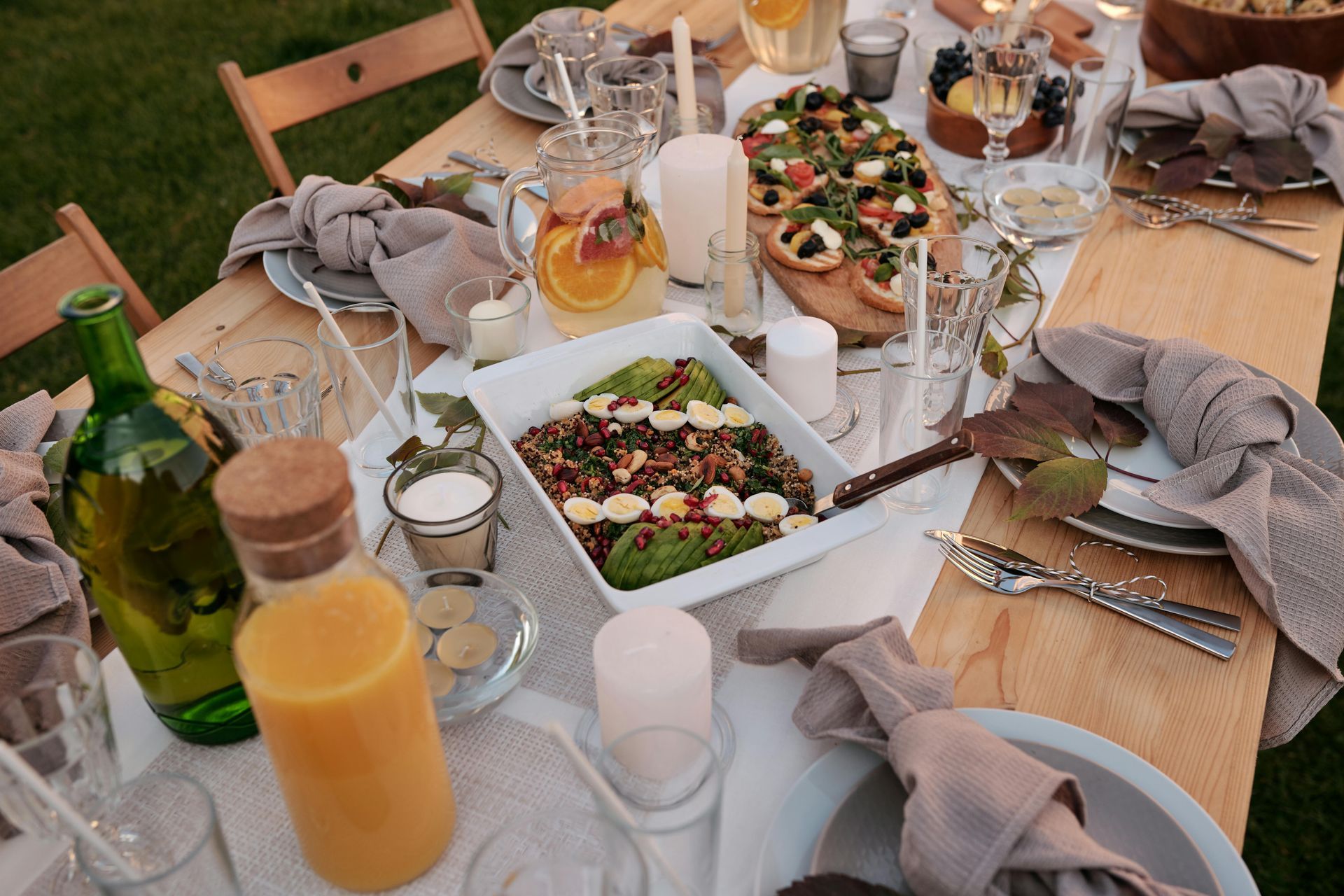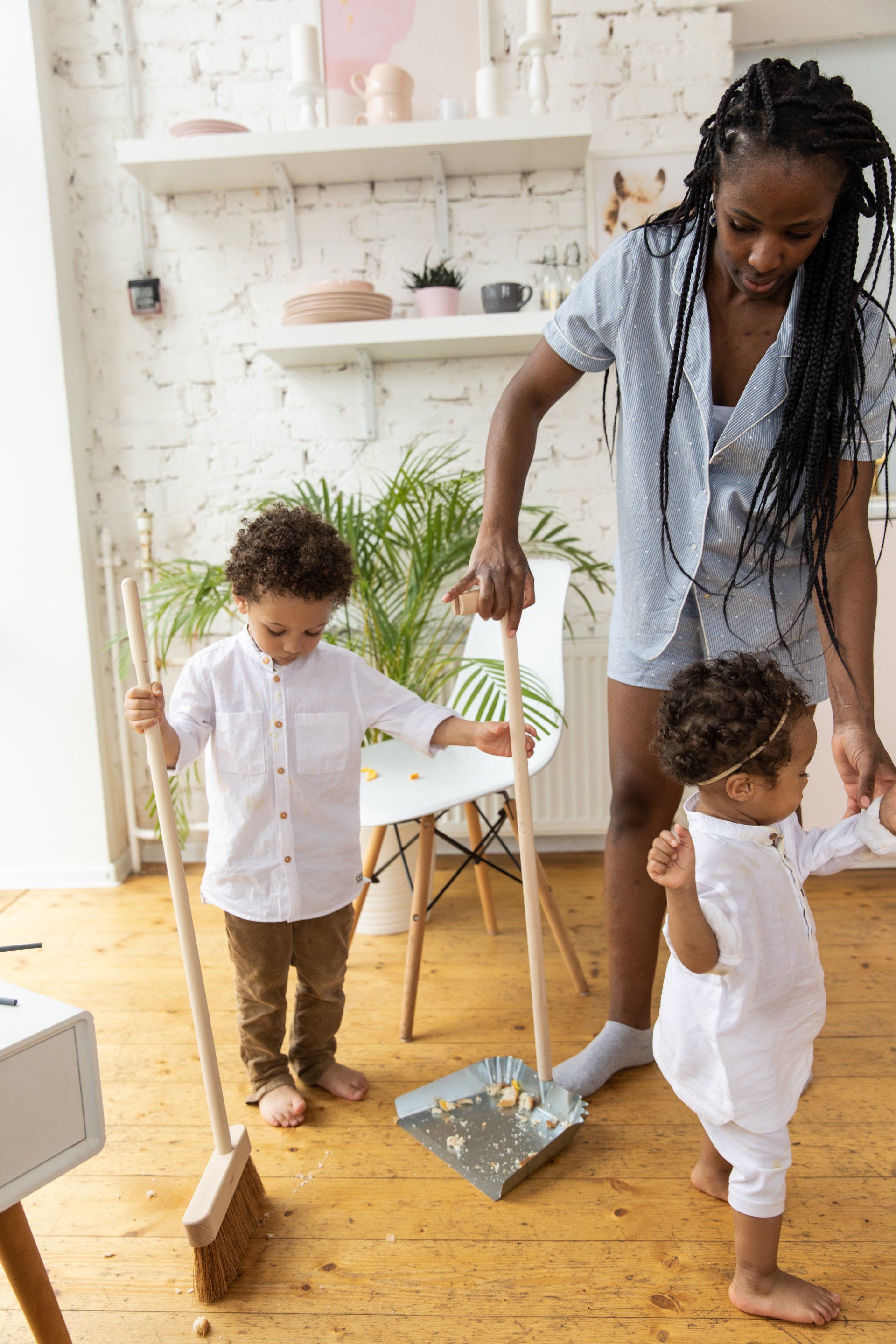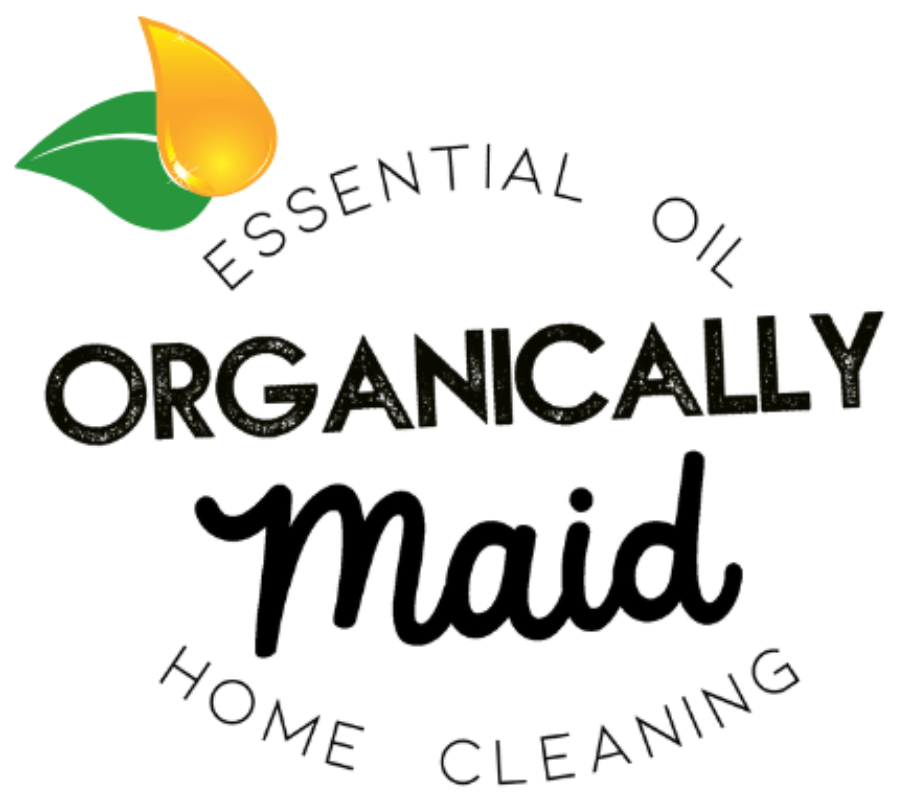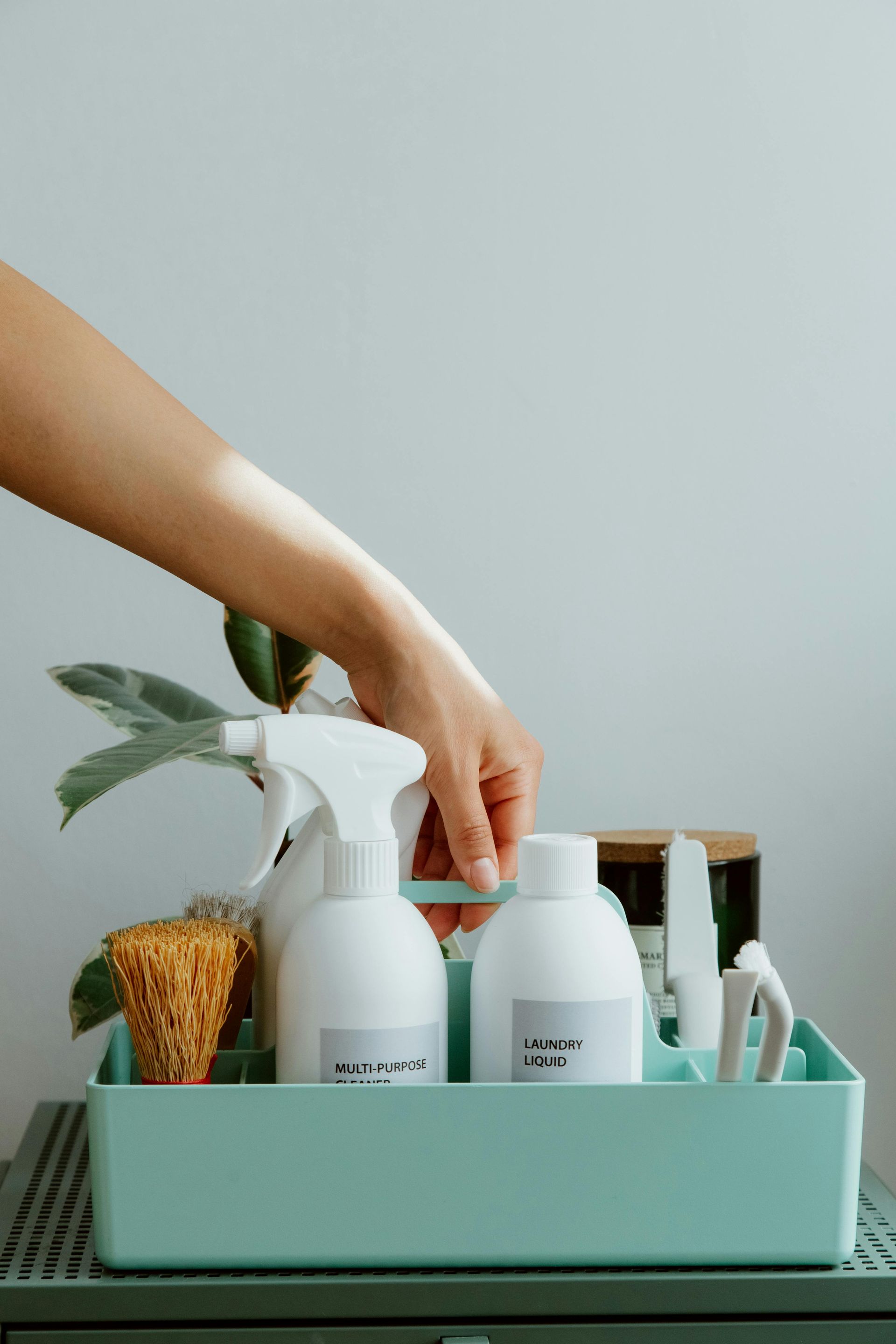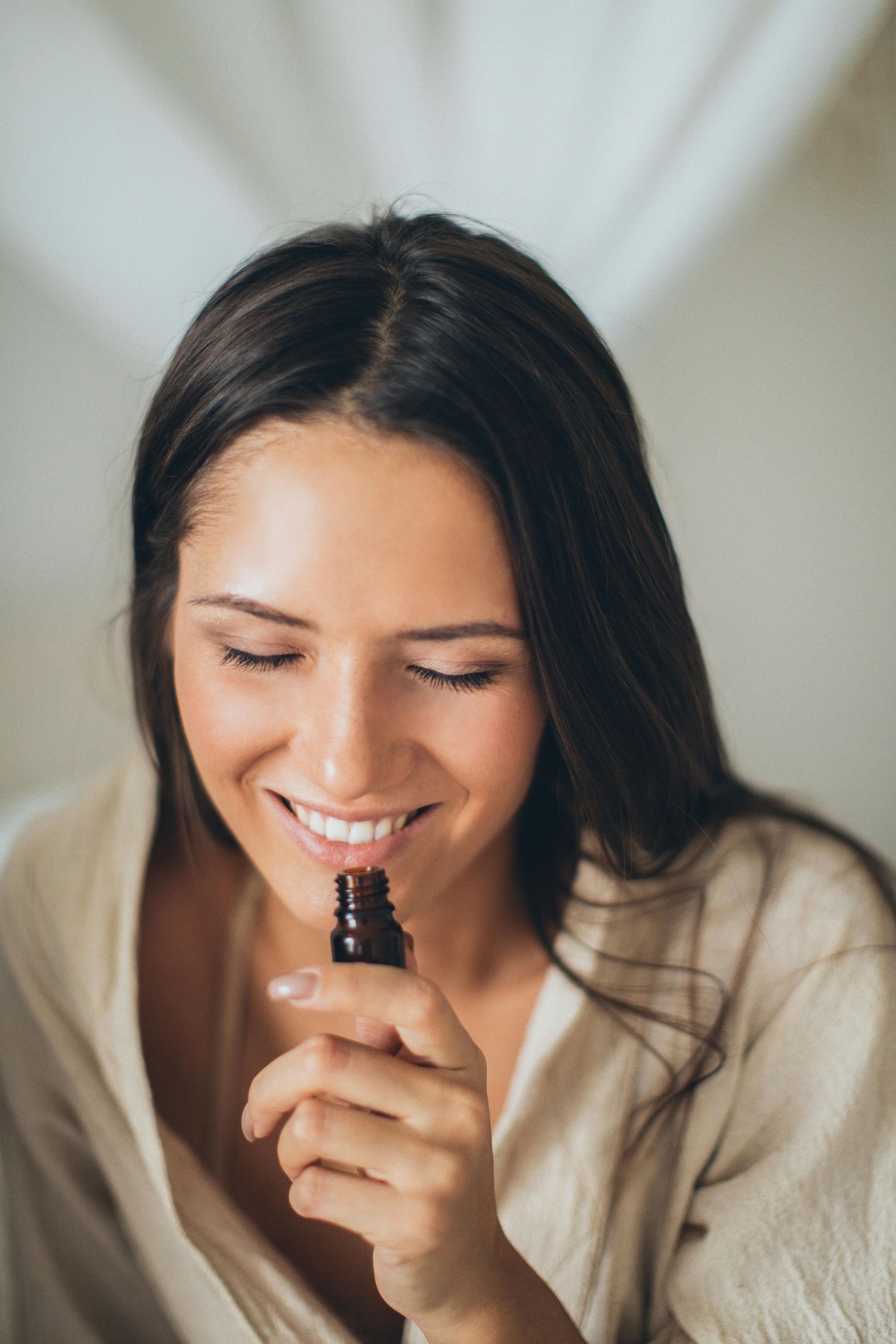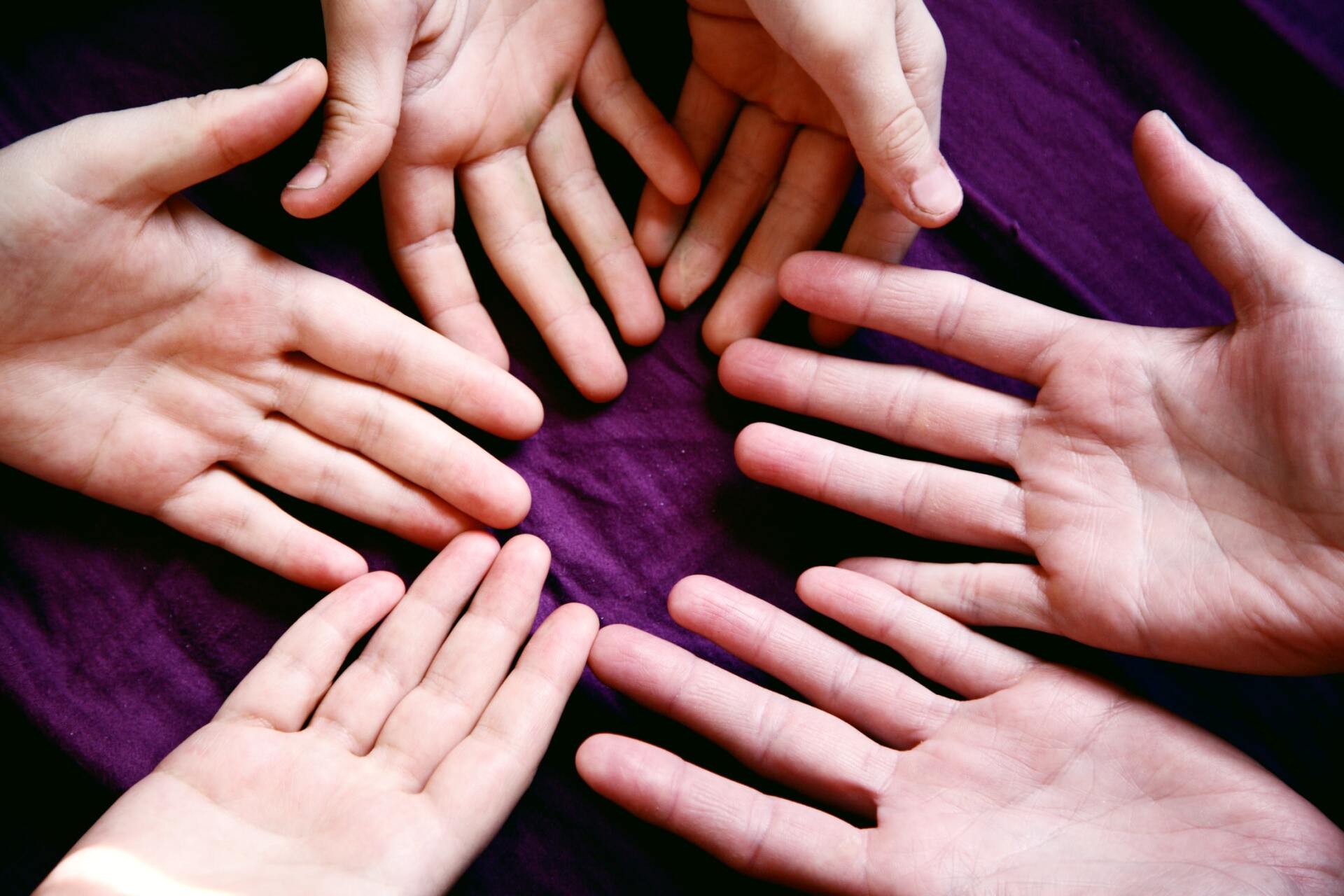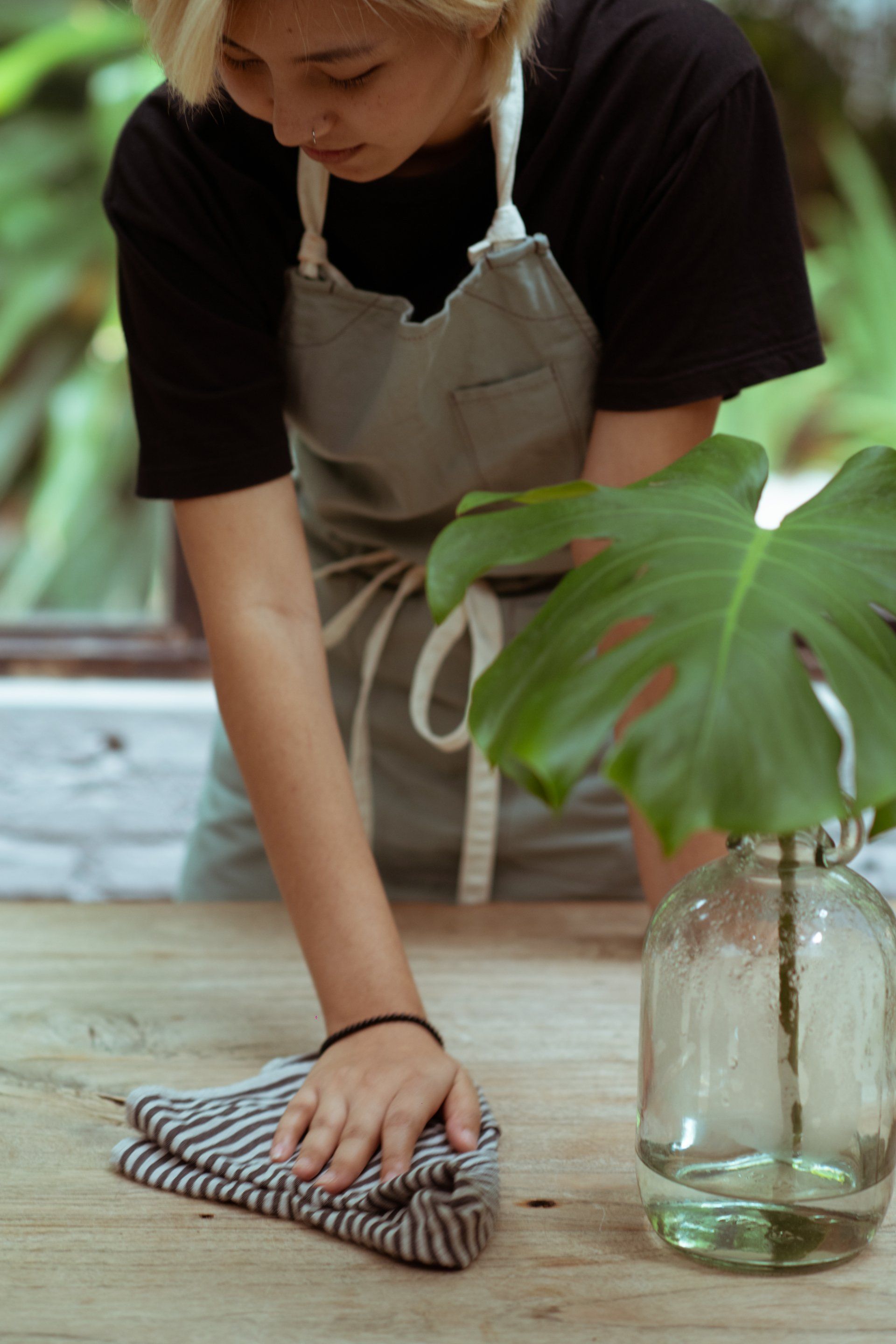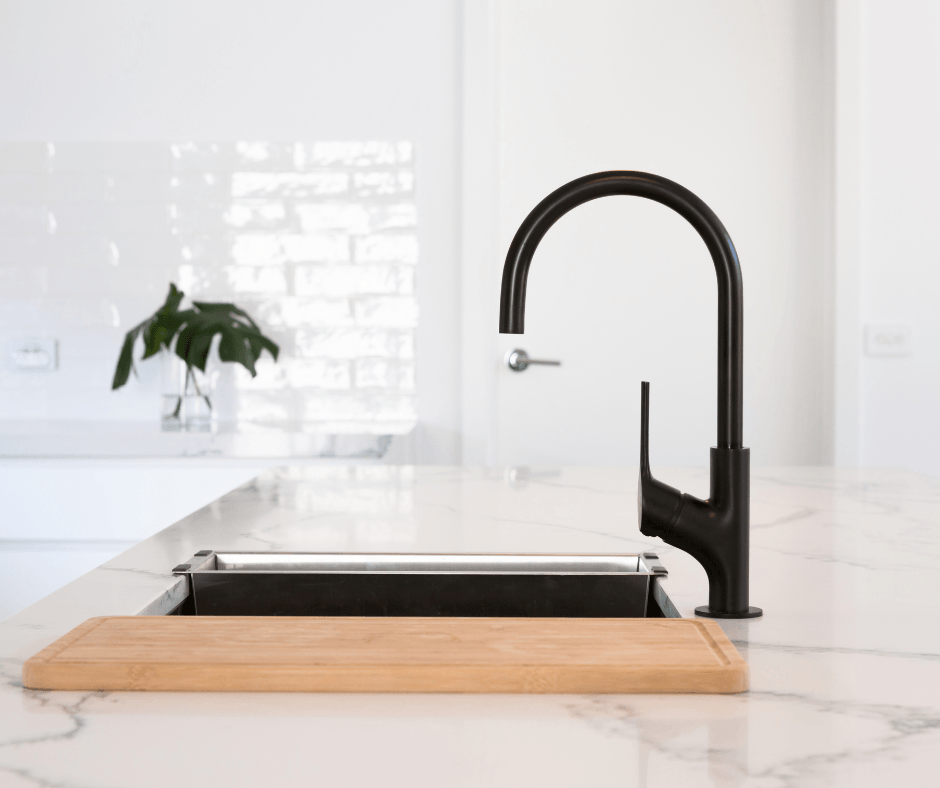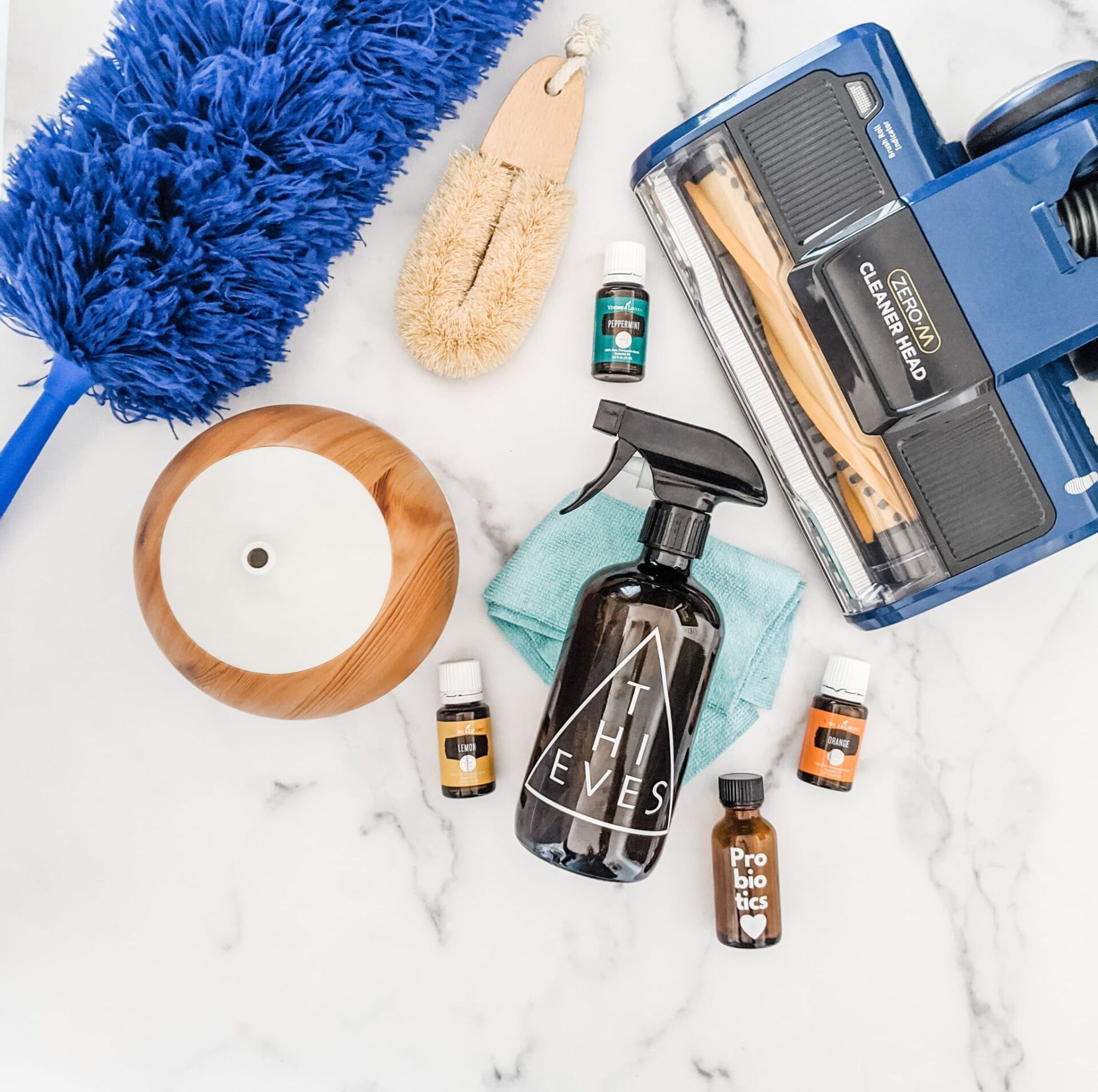Pets & Natural Cleaning
Pets & Natural Cleaning
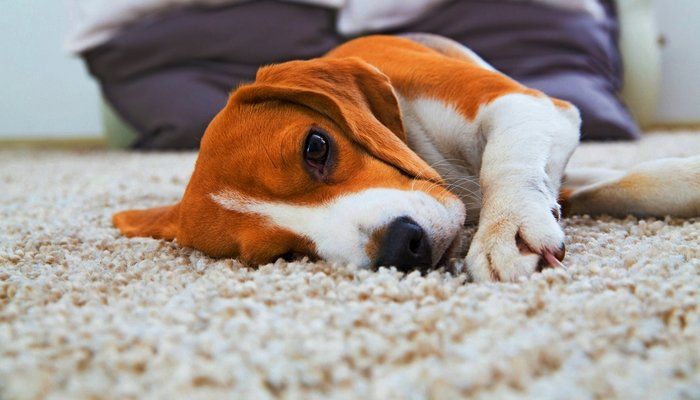
Why Clean Naturally With Pets in the Home
When you have pets, you have to be extra careful with the cleaning solutions you use. Many DIY cleaners, for example, contain ammonia, a pure natural ingredient, which is toxic to your animals. Avoid this by using natural cleaning products for your home. These include baking soda, lemon juice, and Isopropyl alcohol.
Baking soda
Baking soda is an excellent odor absorber and can be used to scrub stubborn stains. It can also be used as a carpet deodorizer. Simply sprinkle a small amount of baking soda on your carpet and leave it for about 20 minutes to absorb the smell.
Baking soda is a cheap and versatile cleaning solution. It cuts through grime and contains natural enzymes. It is safe to use around pets and is ideal for cleaning most household surfaces. You can mix a cup of baking soda with two cups of water and spray the surface to be cleaned. Any excess mixture should be poured down the drain.
Another great way to clean your home naturally with pets is to use hydrogen peroxide. This is a safer and more effective substitute for bleach. It is also a very effective antibacterial agent. It will also kill germs and whiten your clothes. Make sure you avoid spraying it on your pet's skin and clothes, and use only as much as is necessary.
Isopropyl alcohol
Common household cleaning products contain phenols, which are toxic to pets. These chemicals can be rapidly absorbed through the skin and are particularly toxic to the lungs. They can also cause seizures, hypersalivation, and incoordination. For these reasons, it is best to avoid using common cleaning products in the home when you have pets.
Although isopropyl alcohol is often advertised as a mild disinfectant, it is not safe for use with pets. It has a long list of negative side effects, including the possibility of damaging your pets' kidneys. It is also dangerous to use on your pet's skin, which can result in vomiting, disorientation, incoordination, collapse, or respiratory depression. Even in a hospital setting, isopropyl alcohol can damage your pet's skin and prolong the healing of wounds. Furthermore, excessive usage of isopropyl alcohol can have negative effects on other systems of the body, including the digestive system.
Another use for isopropyl alcohol is for cleaning upholstery. This cleaning solution works well on stains and can be sprayed directly onto a spot. Alternatively, it can be sprayed onto a sponge, cloth, or paper towel to remove pet hair. You can also use isopropyl alcohol as a general upholstery cleaner, spritzing it on the whole couch or furniture.
Lemon juice
Lemon juice can be mixed with baking soda and water to create a natural all-purpose cleaner. It removes dirt and residue and adds a fresh scent. Lemon juice can also be used on wood cutting boards to disinfect them. It is an all-natural and safe cleaning solution, and you can make it at home using ingredients you have in your pantry.
Lemons are also an effective way to get rid of bad odors from the home. Just soak a sponge in lemon juice, and you're ready to tackle any lingering smells. You can also use the lemon peel, which you can boil in water, for an overall fresh scent. Alternatively, simply put a few lemon slices in the garbage disposal. If you have a cat, you can also place a lemon slice near the litter box to neutralize odors.
Lemon juice is an effective cleaning solution because it has antibacterial and acidic properties. It can also be used as a scrubber on wood or metal surfaces. Lemon juice mixed with coarse salt can also be used to clean greasy surfaces. Lemon juice can also be applied directly to a greasy area with a sponge.
Blog
